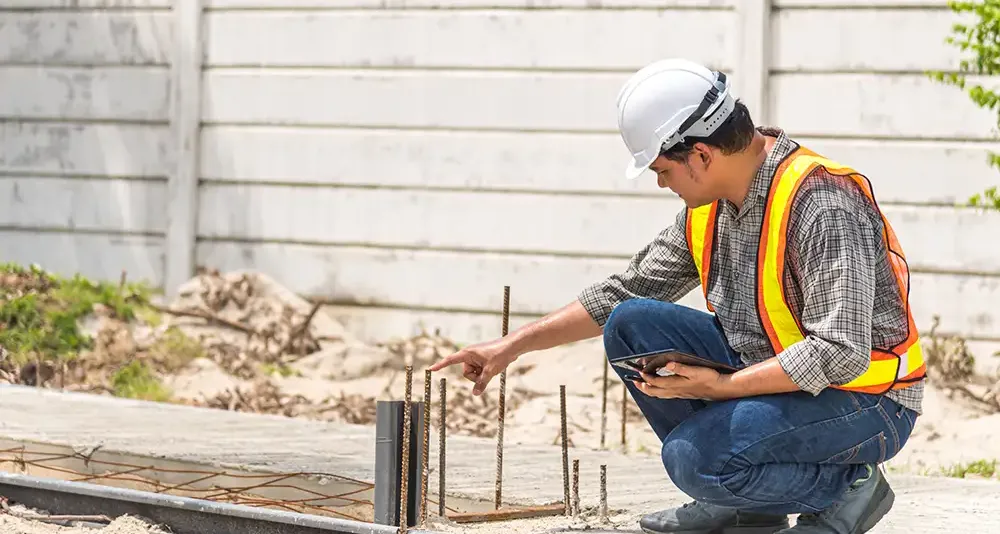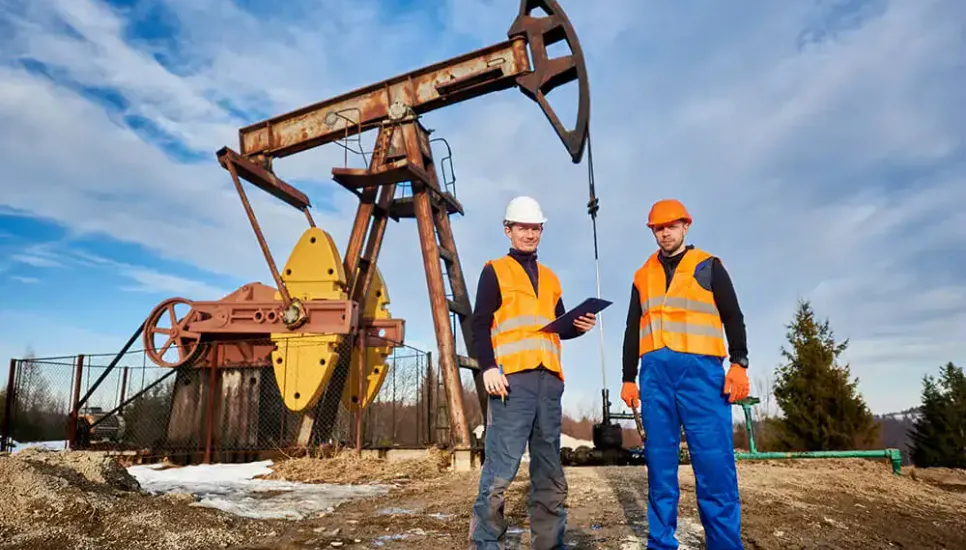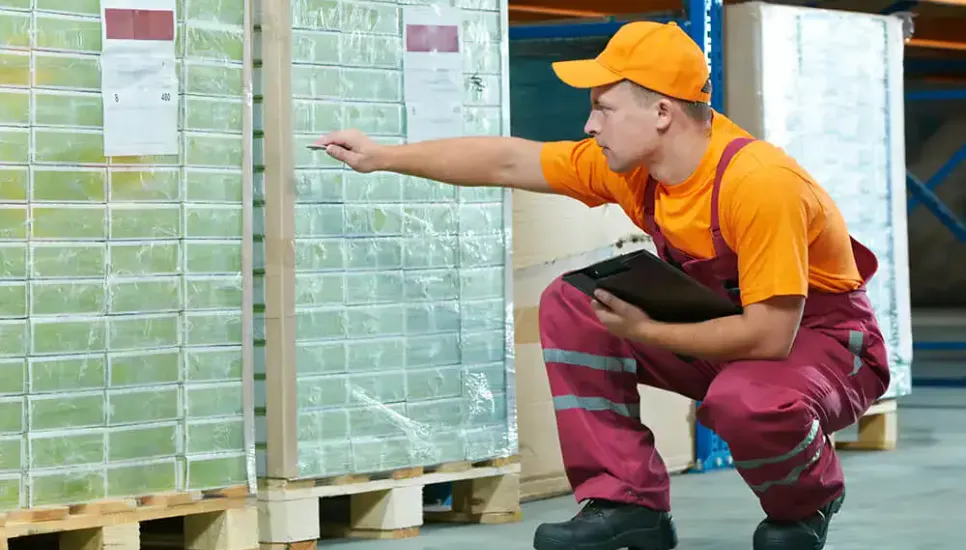Introduction
As we continue to build a more sustainable society, insulation is becoming an increasingly important aspect of each construction project. A way to maintain the desired indoor temperature during hot and cool weather, it can help us save electricity and reduce our carbon footprint. Yet, without proper training, workers who apply insulation may experience breathing problems, skin irritations, and serious respiratory health issues such as lung cancer.Potential Hazards
The most common risks associated with insulating buildings include:
Exposure to Asbestos.
Although asbestos is no longer considered to be a safe insulator, the substance continues to linger in many heat-resistant products and may become airborne while the latter are being used. For example, cellulose, spray polyurethane foam, and polystyrene are all highly flammable materials, which is why they are often treated with fire-retardants that contain asbestos before being used. Workers must be aware of this process and use appropriate respiratory protection during the application of insulation to buildings.Exposure to Hazardous Chemicals
. Recently developed insulation materials are certainly a step forward from asbestos, but they also present several risks for workers. Fiberglass, for example, has been shown to cause irritation of the skin and eyes, while cellulose is a respiratory irritant and spray polyurethane foam contains Isocyanates – the culprits in most cases of work-related asthma. Even polystyrene can lead to serious health issues due to the fact that it contains styrene, a substance that may become airborne during installation and that can lead to irritation of the respiratory tract, as well as to neurological disorders.Working in Confined Spaces.
While applying insulation to a building, workers may be required to enter restricted spaces with an unsuitable atmosphere, which can lead to oxygen deprivation, confusion, and serious accidents. Furthermore, the materials used by these employees are highly flammable and can lead to loss of life if they become ignited in a confined space.Accidental Falls.
In cases where insulation must be installed in tall buildings, workers must carry out their tasks at significant heights. Across all industries, accidental falls represent the most common cause of work-related injuries. As such, employees insulating buildings must be able to correctly identify fall hazards, use appropriate personal protective equipment, and respond immediately in case of emergency.
Incident Prevention
For workers who routinely insulate buildings, two essential safety measures are most effective in terms of incident prevention. The first is rigorous safety training. Employees must be aware of the hazards associated with their line of work before they can learn how to prevent and respond to these risks.
The second is the proper use and maintenance of personal protective equipment. Some materials used in insulation – such as fiberglass and asbestos – are irritants of the skin and eyes, but injuries can be avoided if employees are wearing head protection and full-bodied clothing to prevent exposure. Other materials, like cellulose, SPV, and polystyrene can aggravate the respiratory system and even cause serious illnesses in time. When handling such materials, workers should be able to use respirators correctly.
The same holds true for workers who must enter confined spaces or carry out tasks at considerable heights. Awareness, pre-planning, and using the necessary PPE can drastically reduce the number of accidents that occur in these situations.
Recommended Safety Courses
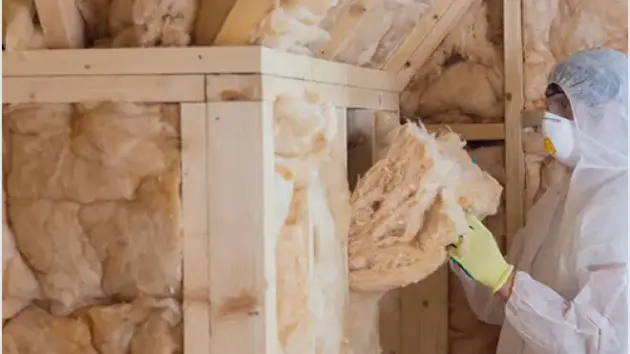
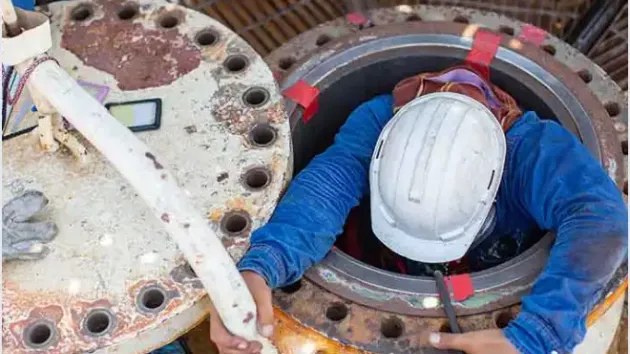
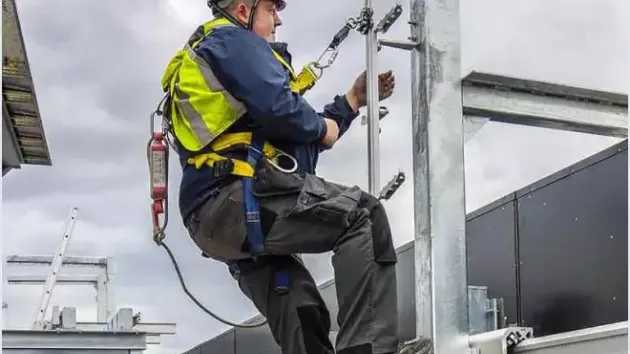
What You Can Do to Stay Safe
If you are a worker who is routinely required to install insulation in buildings, the first step towards improving your safety is to become aware of all the hazards commonly associated with your job. Under Canadian law, your employer must provide access to the necessary safety courses for both you and your co-workers.
To consult a comprehensive list of safety courses most suitable for insulating buildings, please visit our Construction industry page and navigate to your specific job.
